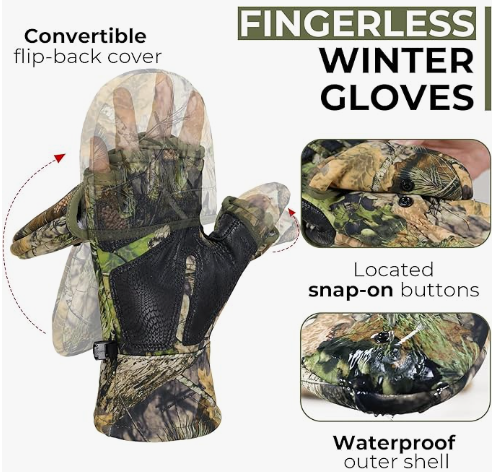When buying impact gloves, ensuring they meet safety standards is essential to protect workers from injuries. The main safety certifications for impact gloves are ANSI/ISEA 138 and EN 388. These certifications indicate that the gloves have been tested to withstand specific risks, providing confidence in their performance.
1. ANSI/ISEA 138 Standard
The ANSI/ISEA 138 standard is a key certification for impact gloves, focusing on back-of-hand protection. This standard establishes clear requirements for glove design, testing, and labeling.
- Purpose: Protects fingers and knuckles from impact injuries.
- Testing: Gloves are tested for impact resistance at three levels, with Level 1 offering the lowest protection and Level 3 the highest.
- Labeling: Gloves certified under ANSI/ISEA 138 will display a pictogram indicating their level of impact protection, helping buyers easily understand the glove’s protective capability.
ANSI/ISEA 138 Performance Levels
| Level | Impact Protection | Ideal For |
|---|---|---|
| 1 | Basic protection | Light tasks with minor impact risks |
| 2 | Moderate protection | General industrial work with some impact |
| 3 | High protection | Heavy-duty work with significant impact risk |
2. EN 388 Standard
The EN 388 standard is widely used to measure gloves’ resistance to various mechanical hazards, not just impact. This standard is essential for assessing gloves that need to withstand abrasion, cuts, tears, and punctures in addition to impact.
- Purpose: Evaluates a glove’s protection against multiple mechanical risks.
- Testing: EN 388 includes tests for abrasion, cut, tear, and puncture resistance, as well as optional impact resistance.
- Rating System: Gloves are given ratings for each tested category, typically shown on the glove label for easy reference.
EN 388 Ratings for Mechanical Risks
| Risk Type | Rating Scale | Explanation |
|---|---|---|
| Abrasion | 1-4 | Higher ratings indicate better durability |
| Cut | 1-5 or A-F | Two methods: Coup test (1-5) or TDM test (A-F) |
| Tear | 1-4 | Measures resistance to tearing |
| Puncture | 1-4 | Higher numbers mean better puncture resistance |
| Impact (optional) | P | Pass if impact-resistant |
3. Comparison: ANSI/ISEA 138 vs. EN 388
While both certifications are essential for impact gloves, they serve different functions:
- ANSI/ISEA 138 focuses specifically on back-of-hand impact protection, making it ideal for gloves used in environments where impact is a primary risk.
- EN 388 provides a broader assessment of mechanical risks, making it suitable for gloves that need protection against a variety of hazards, including abrasion and cuts.
| Certification | Focus Area | Best for |
|---|---|---|
| ANSI/ISEA 138 | Impact (fingers & knuckles) | Industries with frequent impact risks |
| EN 388 | General mechanical risks | Environments with various physical hazards |
4. Why Compliance Matters
Meeting these safety standards is crucial for ensuring the quality and effectiveness of impact gloves. Compliance provides several benefits:
- Worker Safety: Certified gloves offer proven protection, reducing the risk of injuries.
- Quality Assurance: Gloves tested to these standards are likely to be more durable and reliable.
- Legal Compliance: Many industries require certified safety gear to comply with regulations.
5. Additional Considerations When Buying Impact Gloves
While ANSI/ISEA 138 and EN 388 are the primary certifications, there are other factors to consider when choosing impact gloves:
- Material Quality: High-quality materials contribute to durability and comfort.
- Fit and Comfort: A proper fit ensures that gloves offer maximum protection and are comfortable for extended use.
- Industry-Specific Needs: Some industries may require gloves with additional features or certifications, such as chemical resistance.
Conclusion
When purchasing impact gloves, choosing certified products is crucial for safety and performance. ANSI/ISEA 138 and EN 388 are the key certifications to look for, providing clear indicators of a glove’s protective capabilities. By selecting gloves with these certifications, you ensure optimal protection for workers, meeting both industry standards and safety requirements.








